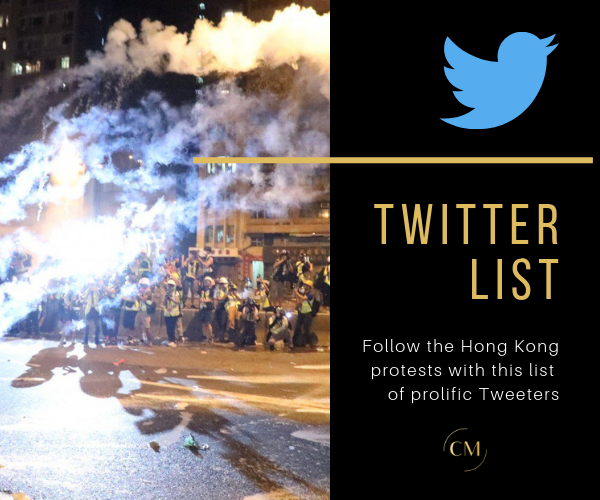Protests have rocked Hong Kong, where I live, since early June when one million people took to the streets in a peaceful march against a piece of legislation that, if passed, would have permitted the extradition of fugitives in Hong Kong to Mainland China.
I wasn’t born in Hong Kong, but I have lived here for over a decade. I bought my first home here. I have a Hong Kong Permanent Residence card, giving me nearly all the same rights as any other born-and-bred Hongkonger. I work here. I’ve built a professional and social network here. I’ve put down roots here. What I’m trying to say is Hong Kong is home and I care deeply about it, so watching the protests has been an emotional rollercoaster from inspirational to heartbreaking to fury, then back again.
That rollercoaster hit a new low last Sunday night, July 21. Following a protest in Sheung Wan, the neighbourhood I live in, protesters took the MTR metro service back to their home communities. Many protesters live in the rural areas of Hong Kong, including a village known as Yuen Long. The protesters, clad in black – part of the protester uniform here – arrived at the Yuen Long MTR station and were met by around 100 vicious men in white shirts who proceeded to violently pummel the mostly unarmed protesters. The attacks, the most violent so far, reached a depressing new low. I watched one particular video were a young man begged on his knees not to be hurt; he was shaking with fear, unarmed, and could very well have been a teenager. It was painful to watch. I don’t know when he eventually stepped out of the train car because the video ended shortly after a “white shirt” entered the train and punched him hard, in the face, knocking him right off his feet.
I’ve gotten softer as I get older, and I just couldn’t stomach watching more horrific videos. I know and work with people just like those who got off the train that night facing a bloody, terrifying scene, bracing themselves for violence.
I did come to a very late to this realization though: the best content about the Hong Kong protests — both on-the-ground reporting during the clashes as well as political and economic impacts — is undoubtedly on Twitter, yet few people get to see it. Yes, some Tweets and videos get embedded into news stories from time to time, but that doesn’t nearly do the amount of “reporting” justice. The whole protest ecosystem is represented on Twitter, including protesters using both Chinese and English, the Hong Kong Police Force, journalists, professors, politicians, and other prominent members of society. Not having a Twitter account, or not knowing how to use it, shouldn’t be a barrier to information. Twitter can seem like a noisy, crowded space most of the time, but the reality is few people use it in Hong Kong and its global audience is a tiny fraction of the size of Facebook’s or Instagram’s.
I came across an excellent list of 100 people on Twitter to follow for coverage of the Hong Kong protests by the Taiwan Gazette. They did a fantastic job compiling it, so I’ve taken those names and created a list within Twitter so anyone on the social network can easily add it to their account. It also allows anyone, even those who have never used Twitter and don’t have an account, to follow along.
Links & Resources:
Twitter has crashed on me a couple of times, so if you spot a name missing from the list please give me a shout. I’m also wide open for suggestions, so if there’s somebody you think deserves a mention I’d be happy to add them.
